Optimal Timing for Sagging Floor Repairs
Sagging floor repairs are most effectively performed during periods of stable environmental conditions, typically in moderate seasons with minimal humidity and temperature fluctuations. Addressing issues promptly can prevent further structural damage and costly repairs.
Late spring and early fall are ideal times for repairs due to stable weather conditions, reducing the risk of moisture-related complications.
Extreme humidity or cold can affect repair materials and the stability of the flooring, making moderate weather optimal for work.
Early detection and repair during dry seasons can prevent escalation of sagging caused by ongoing moisture infiltration or foundation shifts.
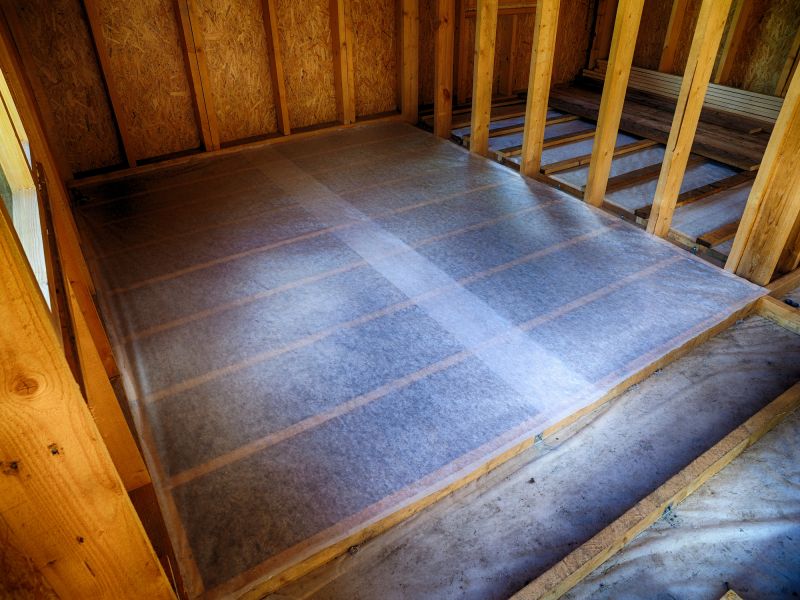
Ways to make Sagging Floor Repairs work in tight or awkward layouts.
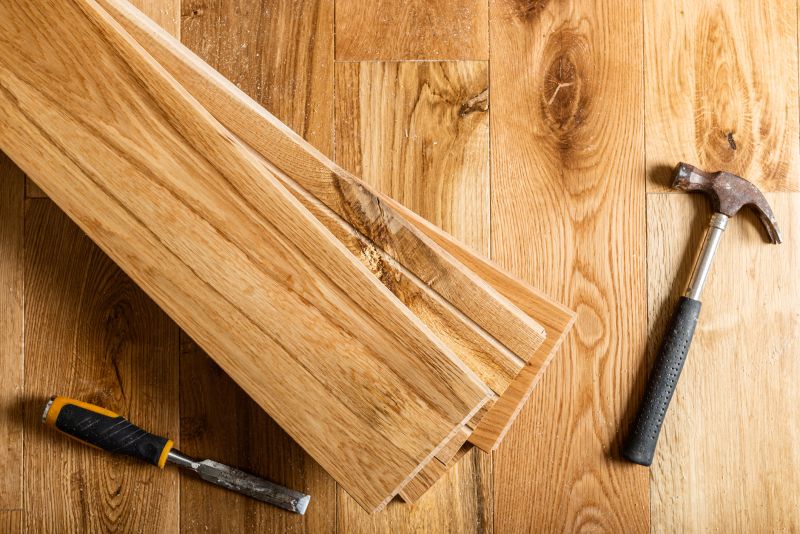
Popular materials for Sagging Floor Repairs and why they hold up over time.

Simple add-ons that improve Sagging Floor Repairs without blowing the budget.
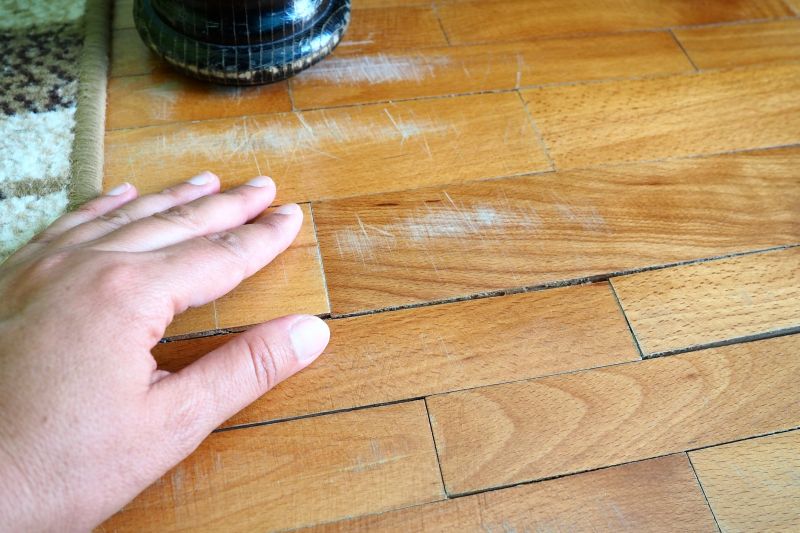
High-end options that actually feel worth it for Sagging Floor Repairs.
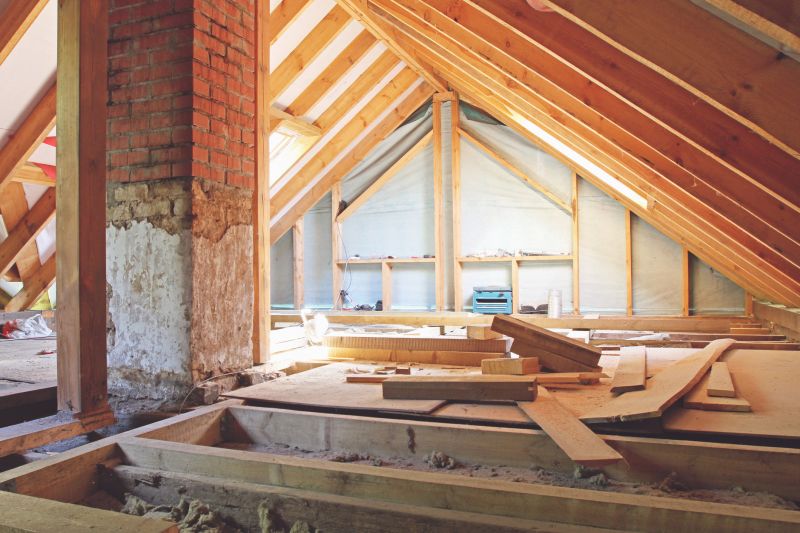
Finishes and colors that play nicely with Sagging Floor Repairs.

Little measurements that prevent headaches on Sagging Floor Repairs day.
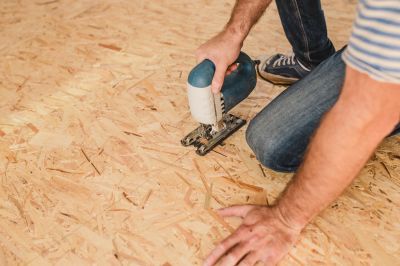
A 60-second routine that keeps Sagging Floor Repairs looking new.

A frequent mistake in Sagging Floor Repairs and how to dodge it.
Sagging floors can result from various underlying issues, including foundation settlement, termite damage, or moisture infiltration. Addressing these problems early can restore the structural integrity of the flooring and prevent further damage. Statistics indicate that untreated sagging floors can lead to increased repair costs, sometimes doubling if left unaddressed for extended periods.
The repair process often involves reinforcing joists, replacing damaged supports, and addressing moisture or foundation issues. Proper timing ensures that repairs are effective and durable, avoiding repeated work caused by environmental factors or ongoing structural shifts.
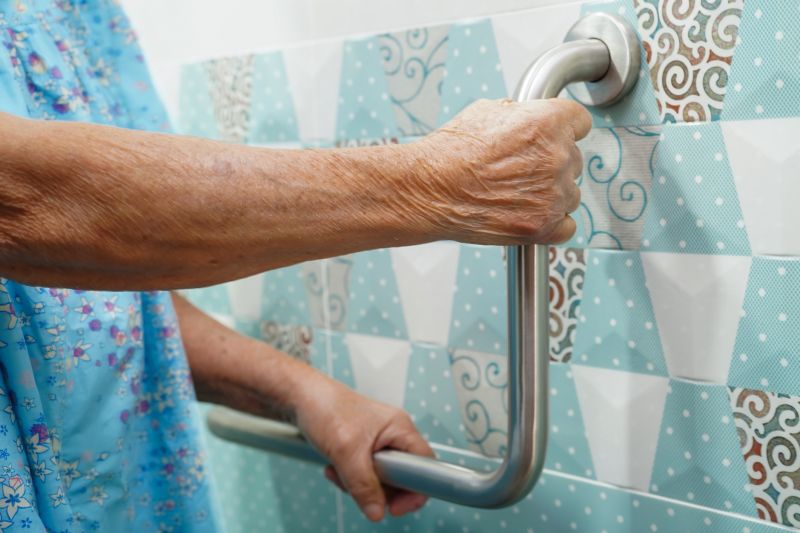
Small tweaks to make Sagging Floor Repairs safer and easier to use.

Lower-waste or water-saving choices for Sagging Floor Repairs.
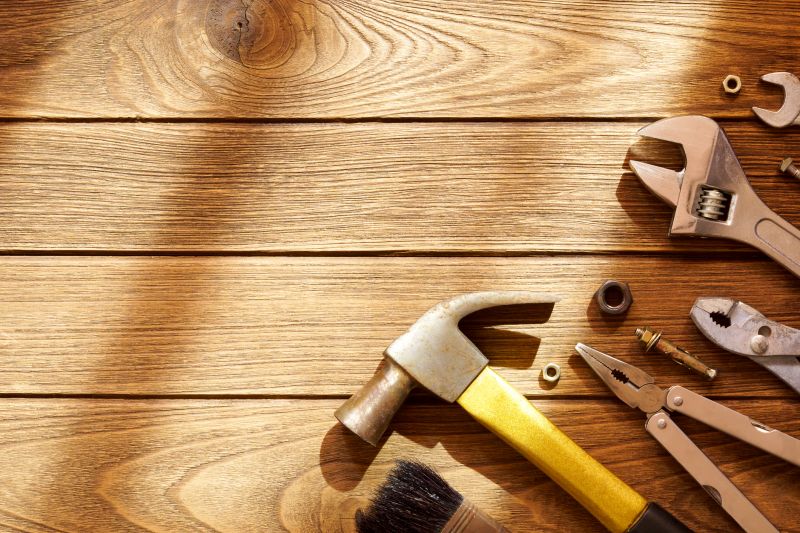
The short, realistic tool list for quality Sagging Floor Repairs.
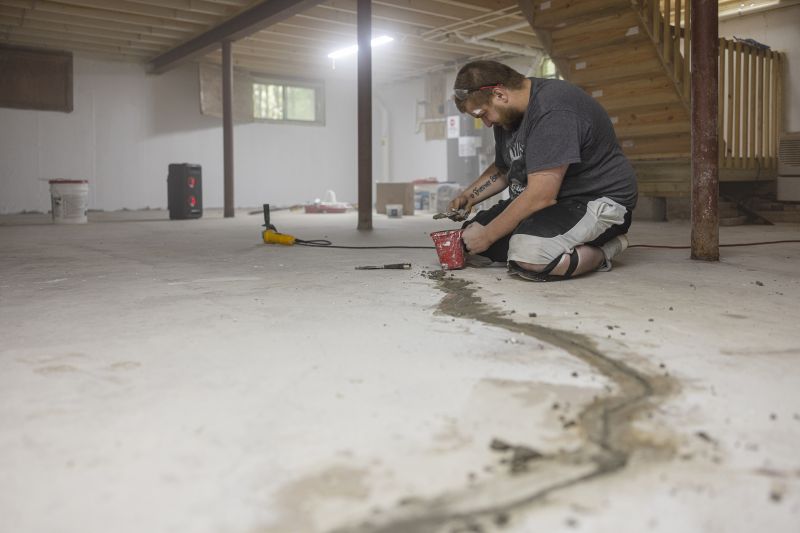
Rough timing from prep to clean-up for Sagging Floor Repairs.
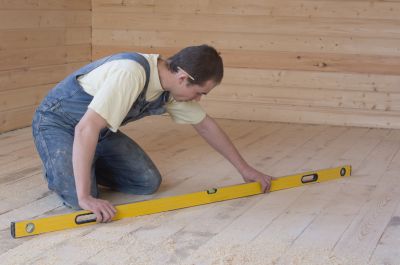
Quick checks and paperwork to keep after Sagging Floor Repairs.
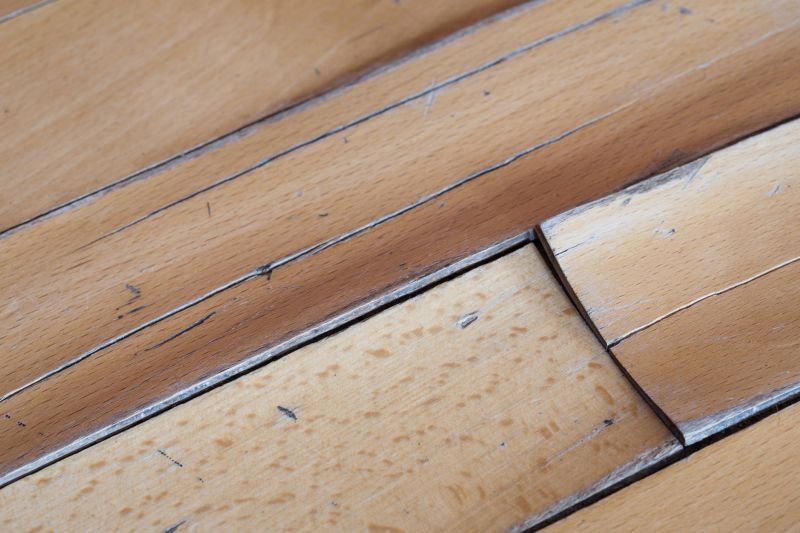
Examples that show the impact a good Sagging Floor Repairs can make.
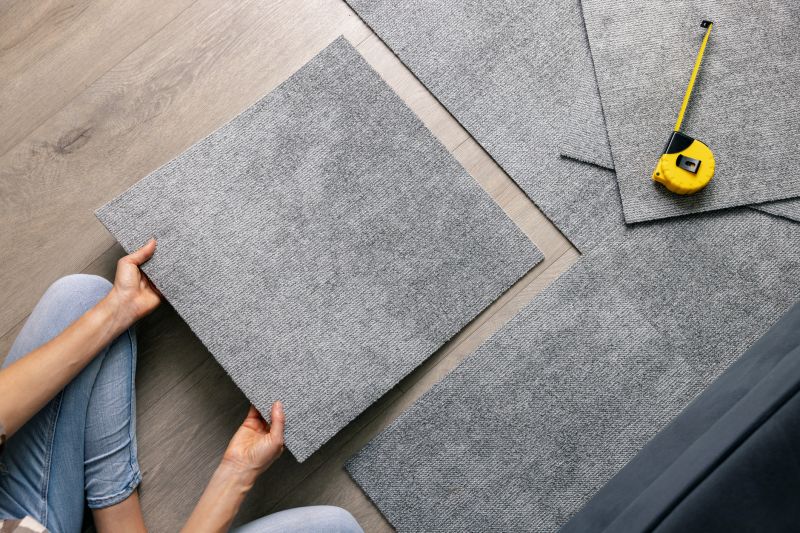
Ways to make Sagging Floor Repairs work in tight or awkward layouts.

Ways to make Sagging Floor Repairs work in tight or awkward layouts.
| Season | Advantages |
|---|---|
| Spring | Ideal for moderate weather, reduces moisture-related issues. |
| Fall | Prevents damage during upcoming cold or wet seasons. |
| Late Summer | Allows for repairs before colder months. |
| Early Winter | Less optimal due to cold and potential moisture issues. |
| Mid Winter | Generally discouraged due to low temperatures and high humidity. |
Choosing the right time for sagging floor repairs can influence the longevity and effectiveness of the work. Professionals recommend scheduling repairs during seasons with predictable, stable weather to minimize complications. Proper timing also facilitates the use of suitable materials and techniques, ensuring a durable fix.
Interested in addressing sagging floors? Filling out the contact form can provide more information and help schedule a consultation during the optimal repair period.



